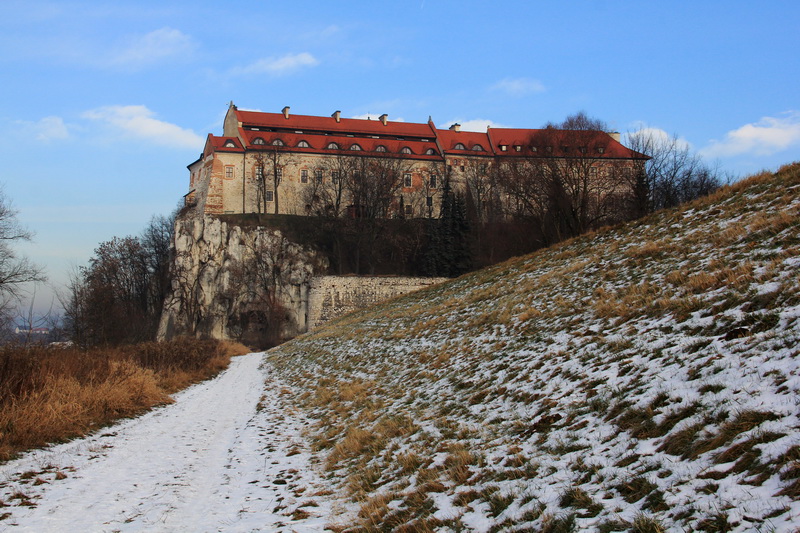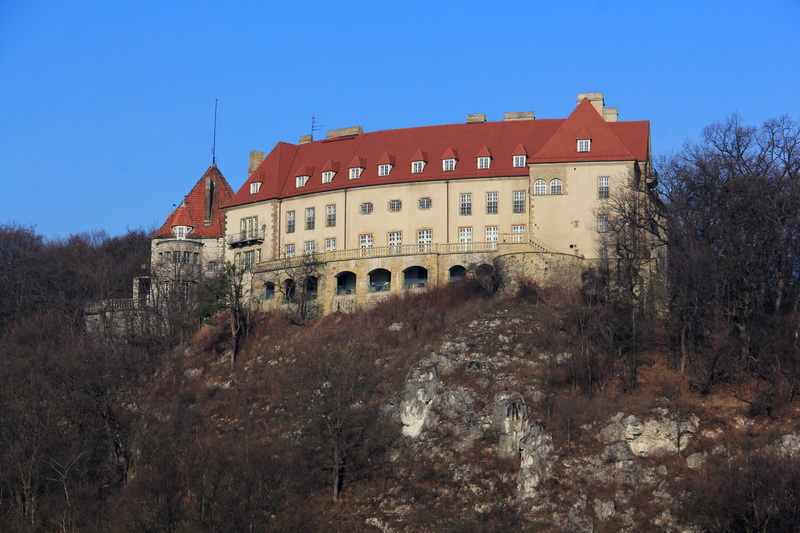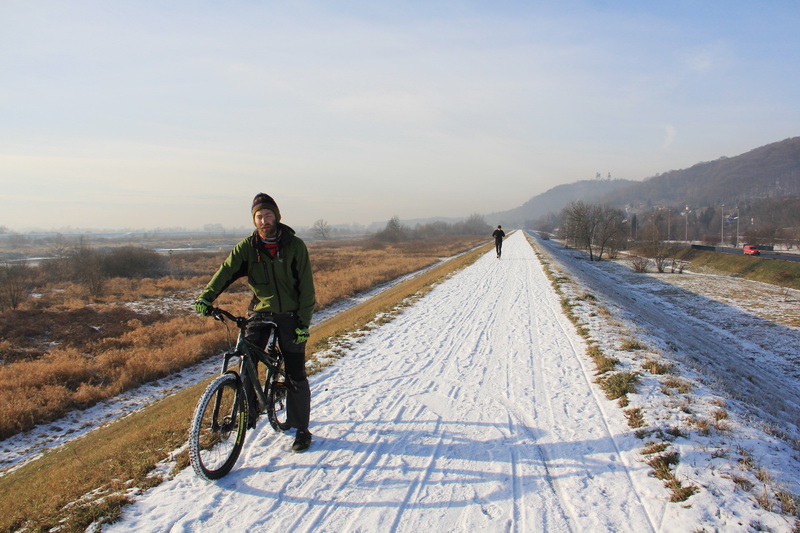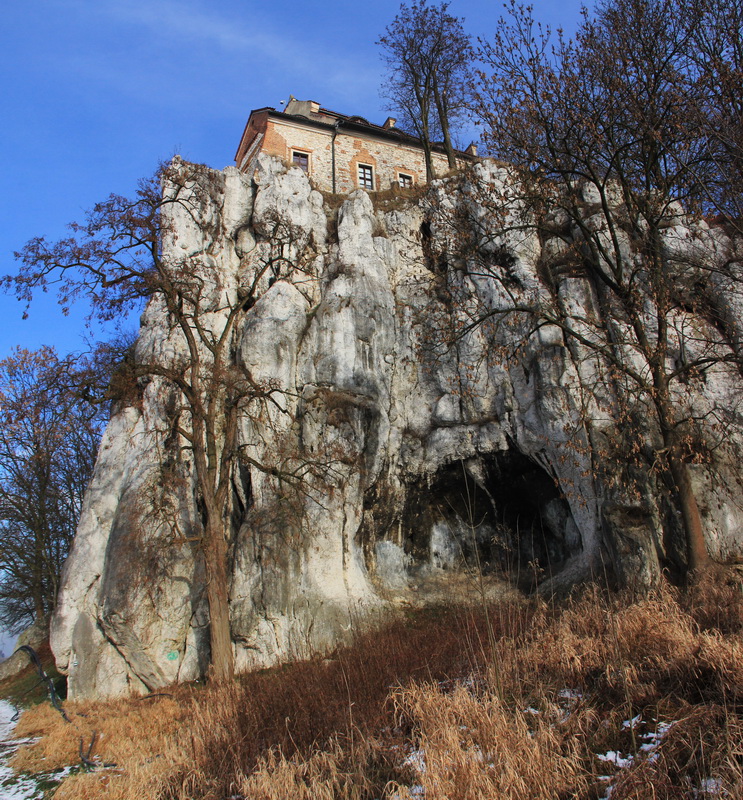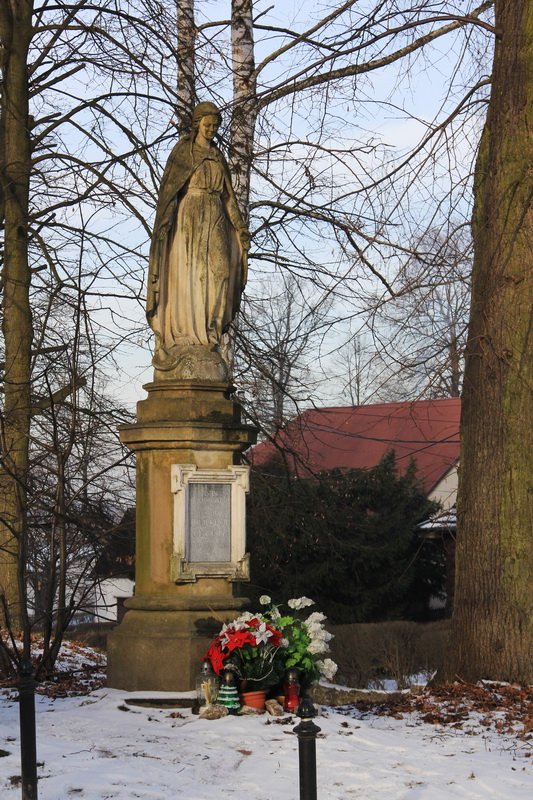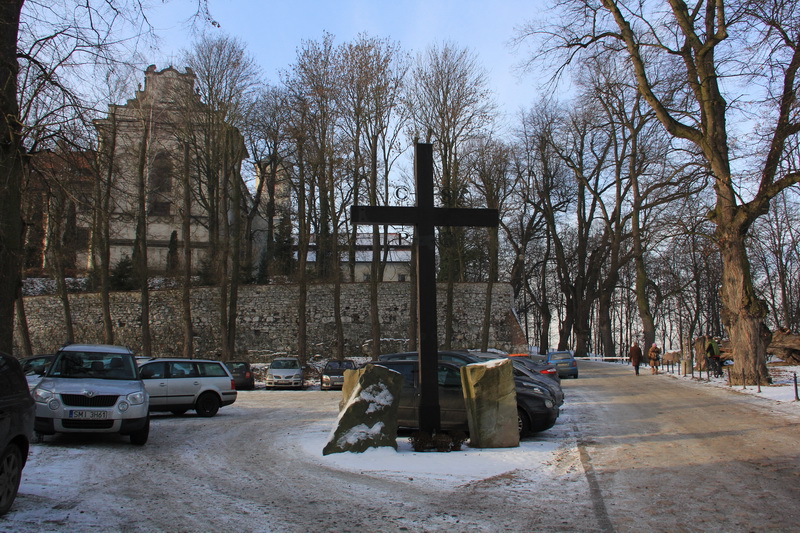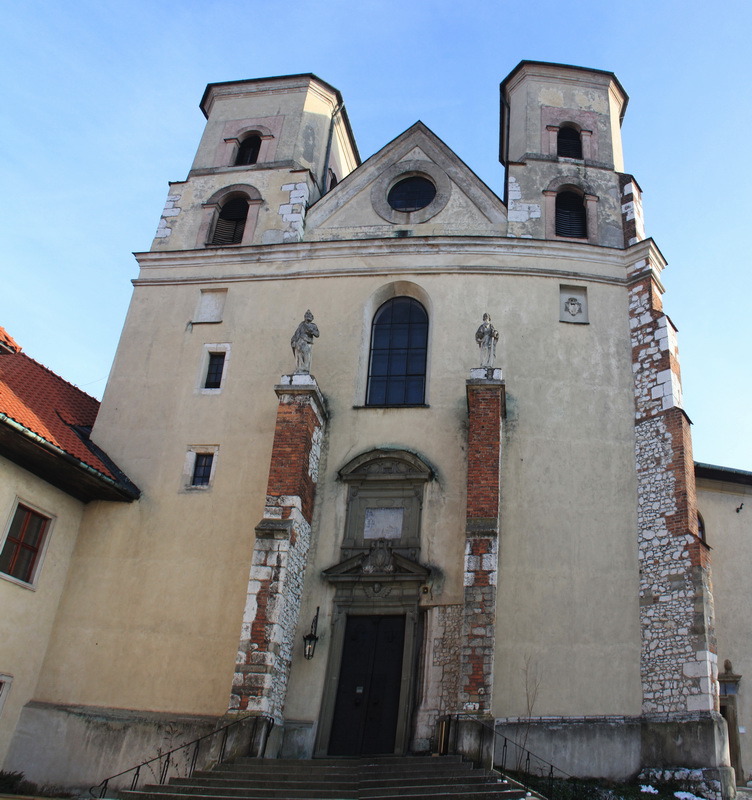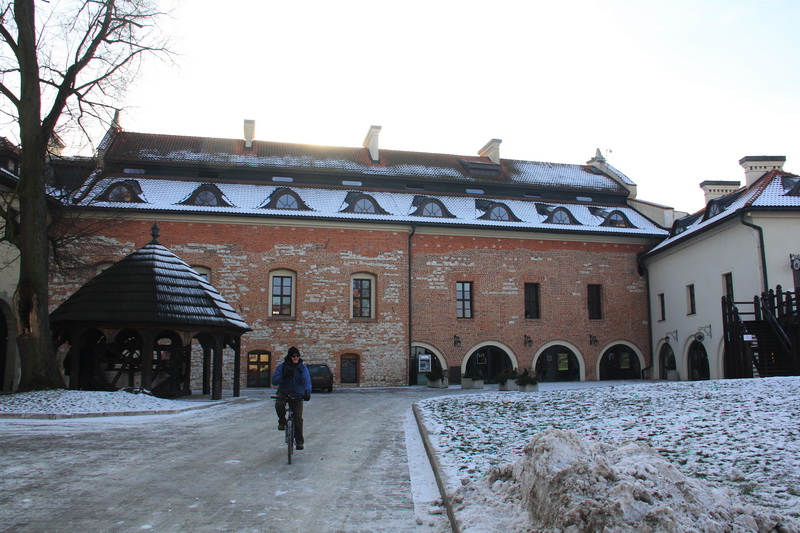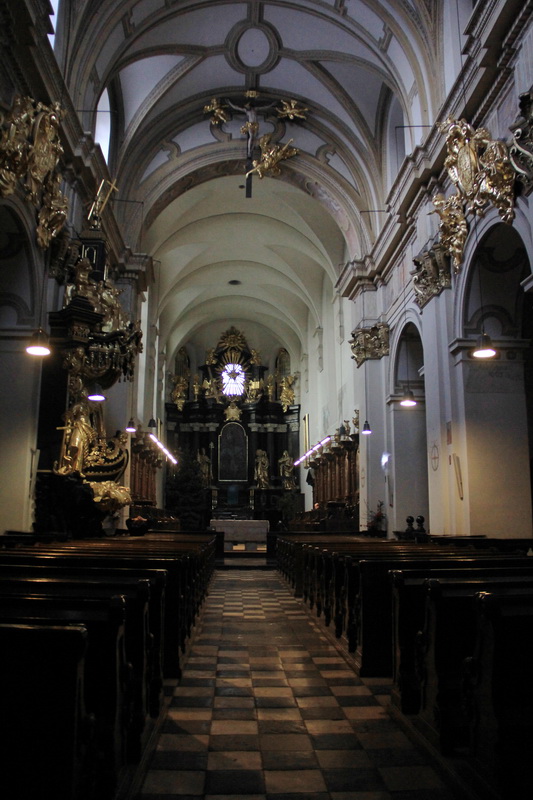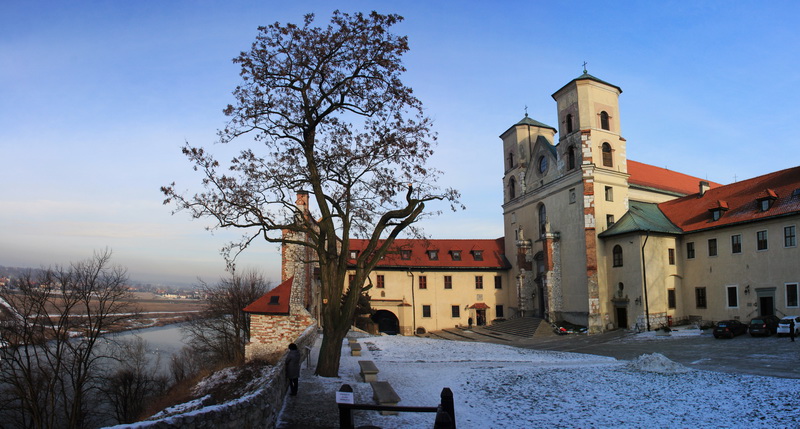What to do in Krakow if you have already visited the historical center, explored the length and breadth of the royal Wawel Castle, and you do not have a heart for visiting museums... Of course, he will go to explore the surroundings. One of the options is the salt mines in Wieliczka. Well, we decided to go for a bike ride, so what if it's winter, but the weather is good, there is a snowball and it's not too cold, and besides, Krakow is entangled with bike paths, as well as near and far bike routes. We decided to go to Tyniec Abbey, or rather the Benedictine Abbey in Tyniec. From the center of Krakow it is about 15km in one direction. Not a lot, not a little, but just right.
The way to Tyniec and back runs along the banks of the Vistula, with bike paths on both sides, which means you can go back and forth on different roads. We went there against the Vistula River, and back downstream. It took us an hour and a half to get to Tyniec, but in fact it took much less - we just stopped quite often to admire the scenery and observe different animals.
Here is the bridge that runs over the dam and we are almost there. The Benedictine Abbey is located almost on the very bank of the river, but belongs to the village of Tynets.
Tynec is a small village on the banks of the Vistula River, which became part of Krakow in the 20th century. And now you can get here by public transport. And you can see how to get there on the website jakdojade.pl .
And now a little bit of the history of this abbey:
The Benedictine monastery in the village of Tynec was founded in 1044 during the reign of Polish King Casimir I after the crisis of the young Polish state caused by the uprising of pagans and Czech raids. The Benedictines supported the strengthening of state power by building their monastery in the vicinity of Krakow. The first abbot of the monastery was Monk Aaron. There is a version that the monastery is the only son of Casimir I Boleslav II the Bold.
In the second half of the XI century, a three-nave basilica and monastic buildings in the Romanesque style were built in the monastery. In the 14th century, the abbey was repeatedly raided by Tatars and Czechs, as a result of which it was significantly damaged. In the following centuries, the monastery was rebuilt in the Gothic style. In the XV century, the abbey buildings acquired Baroque and Rococo features. In the second half of the XVIII century, the monastery was used as a camp of the Bar Confederation, after which it suffered during battles with Russian troops, but after a while it was quickly restored and expanded.
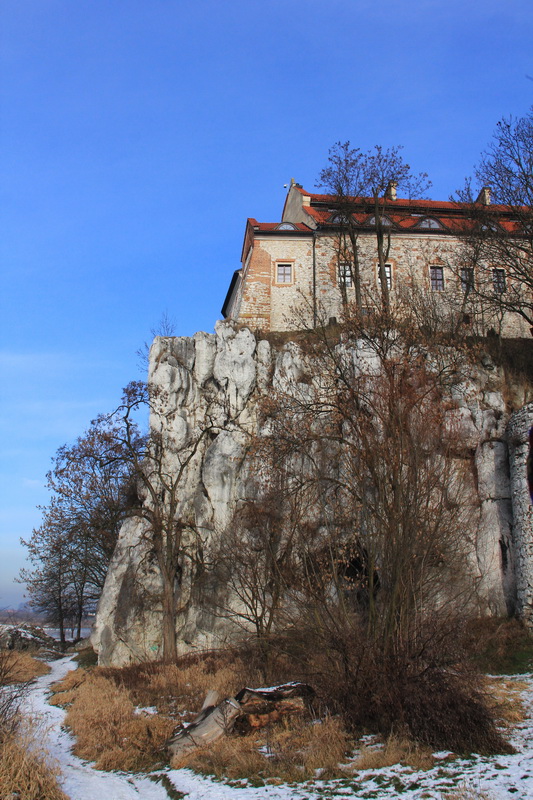
In 1816, the abbey was closed by the Austrian authorities during the secularization policy. In 1821-1826, the monastery was the residence of Bishop of the Tyniec diocese of Grzegorz Tomasz Zegler. In the following time, the abbey was closed.
The Benedictines returned to the monastery in 1939 on the initiative of the Belgian monk Carol Van Oost. In 1949, the abbey was renovated and acquired a modern look. In 1968, the Church of Peter and Paul was renovated.
On May 8, 1991, the Benedictine Publishing House Tynets was founded at the monastery.
In July 2008, the final restoration of the monastery was completed and the Benedictine Institute of Culture was founded, the purpose of which was to preserve the Benedictine heritage in the abbey.
On October 29, 2008, the monastery was entered into the register of cultural monuments of the Lesser Poland Voivodeship
The Abbey Museum operates on the territory of the monastery today.
What can I say about the abbey itself - it is large, beautiful, located on a cliff next to the river. On the territory of the abbey there is a basilica, a museum, an ancient well, a coffee shop, a restaurant and a shop where you can buy goods made by monks. At least, this is the official version and almost everything has the sign of the Benedictine monks. We were amazed and surprised by the juices: tomato is good, but tomato juice from green tomatoes ..., but this is still nonsense - how do you like the juice ecologically and fresh from sauerkraut?! It seems these monks have come up with a beautiful name for brine...
The abbey and its territory can be visited for free and only if you go to the museum you will have to pay.
The road home flew by unnoticed and here we are again in Krakow. And we advise you to go to Tynets, if you find the time...
